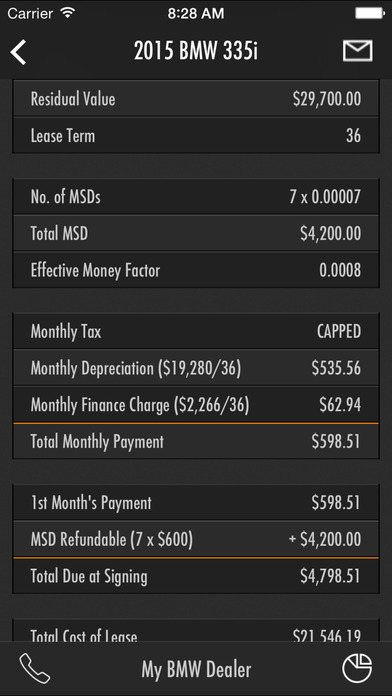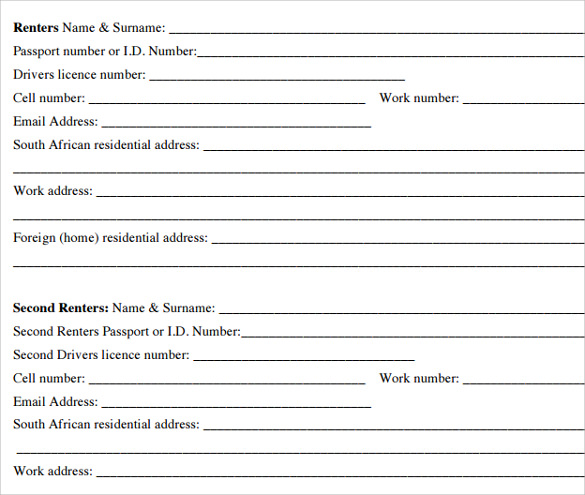


This competition has changed the overall distribution dynamic by focusing on direct-to-customer (DTC) models, which is consequently changing OEM pricing strategies and the landscape itself.
#BENCHMARK AUTO LEASE FULL#
Polestar and MG, both Chinese-owned European brands, have already achieved significant sales in 2021, while other Chinese OEMs (for example, XPENG and NIO) are only starting to unveil their full acquisition potential. Competition among OEMs should also increase in Europe, as Asian manufacturers start to invest massively to acquire European customers. For instance, the EV used-car market today still struggles to emerge as a viable entity.

However, predicting the depreciation of EVs is challenging because their residual profiles can differ significantly from those of traditional cars. By 2030, if battery ranges continue to increase as anticipated, many expect sales of electric vehicles (EVs) to outshine those of traditional internal combustion engine (ICE) vehicles. We expect the car landscape in a decade to have few things in common with today’s topography, and technology will drive most disruptions. Consequently, accounting for those macroeconomic changes in leasing residual value estimations will remain a challenge. Considering what lies ahead in terms of possible shocks and disruptions, one can expect price volatility to remain high. Exhibit 2 highlights recent changes in the Manheim Index, a recognized financial measurement of used-car values independent of underlying characteristics shifts. For example, the combination of semiconductor shortages and the political turmoil in Europe has led to a significant general price increase in 2021–22, which has deeply affected used-vehicle values in Germany. Macroeconomic shocks and changes in legislation can heavily influence used-car-market prices and increase their volatility.

We have identified four structural shifts affecting residual values: macroeconomic changes, technology disruptions, the new OEM competitive landscape, and regulation. In Germany, while customers purchase 50 percent of stock cars through financing, they buy 35 percent via lease-based products and additional services.įorecasting RVs can become extremely complex in the current environment. This is true not only for leasing players but also for used-car platforms and OEMs (for instance, estimating the RV of feature optimization). In this context, the ability to estimate RVs is key both from a regulatory (risk provisioning) and a business (competitive offerings) perspective. For example, leasing companies can access the used-car market and generate profits that were previously only accessible to car dealers. Taking on direct risk can open new opportunities because of the new availability of direct data, which enables leasing players to extract unique insights from the latest market trends. This article is a collaborative effort by Colomban Basset, Benjamin Köck, Mathilde Lavacquery, Benjamin Tschauner, Ursula Weigl, and Romain Zilahi, representing views from McKinsey’s Automotive and Assembly Practice.īy adding direct risk to their balance sheets and developing a strong residual value (RV) management operating model, leasing players can capture the value created in this expanding space.


 0 kommentar(er)
0 kommentar(er)
